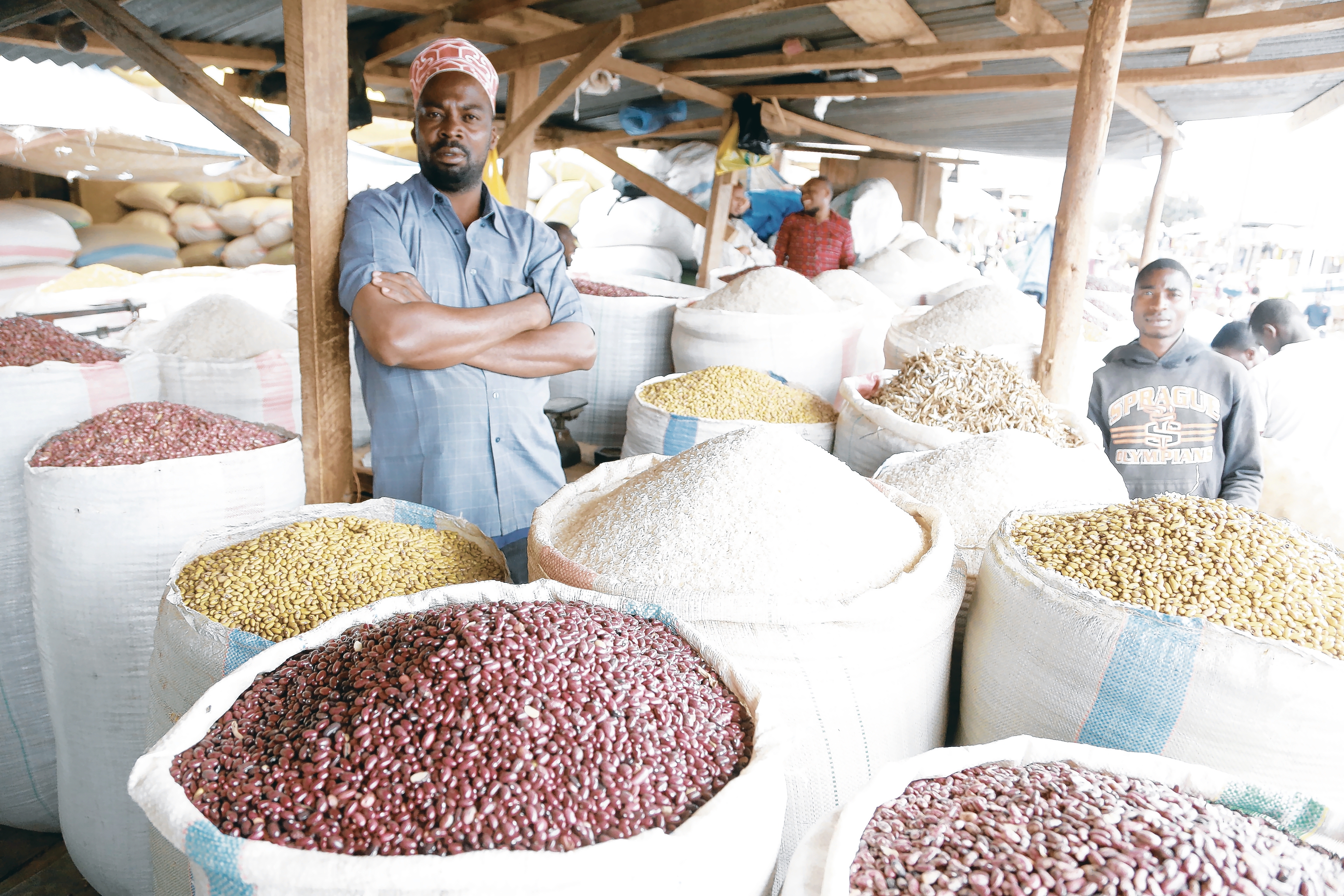Despite the public outcry, fuel prices in Tanzania are the lowest in the region

The pricing of petroleum products follows more or less the same principles in the world. It includes the price of oil in the world market, shipping costs, government taxes, distribution and marketing costs. Some countries offer subsidies to lower pump prices. Thus, the differences in pump prices between countries are due to the differences in the kinds of taxes and/or subsidies that each country imposes on the petroleum products.
In Tanzania, petroleum products prices are regulated by Ewura under the Ewura Act (CAP. 414), Petroleum Act (CAP. 392) and the Ewura (Petroleum Products Price Setting) Rules, 2009. Under Section 166 of the Petroleum Act - read with Section 40 of the Ewura Act - Ewura is empowered to regulate petroleum products prices. Ewura sets prices for each month and publishes them on the first Wednesday of the month by using a pricing formula set out in Rule 5 of the Ewura (Petroleum Products Price Setting) Rules. The Pricing Formula comprise the following elements: CIF costs, local Government charges and levies, Government taxes, distribution costs and distribution margins. All of these elements of the formula are fixed - except the CIF costs, which change depending on the prices of oil in the world market. This is in fact the single greatest contributor to changes of local pump prices.
The retail prices of petroleum products in Tanzania have been on the rise since June 2020, largely due to the increase in the world oil market prices. The Bank of Tanzania reports that the rise in prices is partly due to the increased demand which is attributed to the global economic recovery from the impact of the coronavirus pandemic.
In the early hours of Wednesday, 1st September 2021, Ewura published cap prices for use in the month of September with effect from September 1, 2021 to October 5, 2021 showing an increase in the prices of petroleum products that were imported via all the three ports in the country namely Dar es Salaam, Tanga and Mtwara. On the same day, i.e., in the afternoon of Wednesday, September 1, Ewura announced that it had suspended with immediate effect the application of the Cap Prices that were published earlier on the same day and directed all oil marketing companies and retailers to continue using the cap prices that were published on August 4, 2021. Unfortunately, well-intentioned as it might be, this decision may have a devastating impact on the industry future. OMCs and retailers have now been compelled to sell their products at loss and this might impact on their ability to finance future stocks and risk the country running short of fuel supply.
Despite the apparent public concerns on the increase in the petroleum products, my survey shows that the pump prices of the petroleum products in Tanzania remain the lowest in East African region - are and lower than the global average. According to the data published by the Global Petrol Prices, the average petrol price around the globe is $1.19 per litre. The average pump prices for petrol in Tanzania in 2021 was $1.044 per litre, equivalent to 12 percent lower than the global average prices. Besides, Tanzania’s petrol pump prices are the lowest in the East African region. The petrol pump prices per liter in other countries in the region are (as indicated in the brackets): Rwanda ($1.081), Kenya ($1.179), Uganda ($1.199) and Burundi ($1.212).
Similarly, the Tanzania’s average pump price for diesel is $0.957 per litre: lower than the global average of $1.06 per litre. This means that Tanzania’s diesel pump price is lower than the global diesel pump prices by 9.7 percent. Again, the average Tanzanian diesel pump price is lower than those of the peers in East Africa. Diesel pump prices in the other East African countries per litre is (as shown in the brackets): Kenya ($1.003), Uganda ($1.065), Rwanda ($1.047) and Burundi ($1.186).
Most countries in the world take keen interest in pricing of petroleum products due to their strategic nature. The local pump petroleum prices cannot be left to their own devices due to the volatility of the global petroleum prices and the impact that the volatility of local pump prices may have on other sectors of the economy including the inflationary pressure that they may be engendered. Many countries have devised mechanism to control the price volatilities in the local market. In South Africa, there is what is called ‘Slate Levy.’ In both Kenya and Zanzibar they have a price stabilization fund. Price stabilization mechanisms are also used in Mozambique and Zambia.
Given the current circumstances, in order to address the petroleum pump prices volatility that is mostly caused by changes in the crude oil prices in the global market (Platts), it is my humble submission that the time has come for Mainland Tanzania to also introduce a price stabilization mechanism within the fuel pricing regime.




